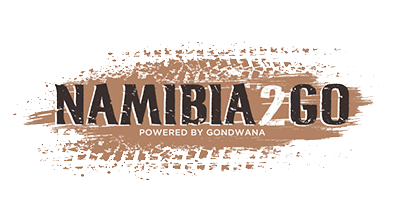‘The mule always appears to me a most surprising animal. That a hybrid should possess more reason, memory, obstinacy, social affection, powers of muscular endurance and length of life than either of its parents seems to indicate that art has here outdone nature.’ (Charles Darwin)
I have always had a great respect for mules, but as I’ve got to know them better so my respect for them has grown. Born from a female horse and a male donkey they are hardier, stronger and more sure-footed than both. Whenever I am driving through the country and come across a mule hitched to a donkey cart or see someone riding one, I have to make a mule stop. They fascinate me. The role they’ve played in human history is virtually forgotten, as are their attributes and enormous ability, yet prior to the arrival of the motor vehicle there wasn’t an animal to match them in strength and resilience, and they were indispensable to human endeavour.
.jpg?width=2084&height=2084&name=07_A%20tribute%20to%20mules-16%20(1).jpg)
The history of the mule dates back more than three thousand years BC when the range of the domestic horse (which originated in Central Asia in 3500BC) and that of the domestic ass (which originated in north-eastern Africa) overlapped. By 1000BC mules were bred in Anatolia and Mesopotamia in Western Asia. Mules were recorded in Israel and Judah in the time of King David, they were depicted in the art of Ancient Greece and Mesopotamia, and their arrival in Asia Minor was noted by Homer in the Iliad in 800BC. Columbus introduced mules to the New World in the late 1490s and early 1500s when he arrived in the Americas.
Over the centuries mules were the preferred choice as draught animals in many parts of the world, used in agriculture, transportation, forestry and war. Not as skittish as horses, with greater endurance, their keen survival instincts kept them - and their wares - safe. As the story goes, when Napoleon crossed the Alps he descended from his Arab horse and climbed on to the stronger mule..jpg?width=2085&height=2084&name=07_A%20tribute%20to%20mules-02%20(1).jpg)
Having 63 chromosomes (one less than a horse and one more than a donkey), the mule is an infertile hybrid that inherits the horse’s intelligence and cautiousness, and the donkey’s sturdy conformation, and is blessed with additional endurance and sharper survival instincts.
In Namibia, during the time of the Nama-Herero uprising at the beginning of the 1900s there were as many mules as donkeys in the country, conveying supplies for the Schutztruppe troops. Mules were also used in the diamond mines, pulling drilling machines and water wagons. Besides being stronger (a mule can carry a load of 180kg) and living longer than a horse’s 30 years (a mule can live between 30 and 50 years), a mule rarely has to be shoed and is less prone to horse sickness. Mule stud farms sprang up, with mares imported from Argentina and Australia to be bred with robust Spanish donkey stallions. It was quickly discovered that the smaller-sized mules were preferable for the desert conditions.
In the second half of the twentieth century, mules were gradually phased out with the introduction of mechanised vehicles, tractors and trucks.
It makes my heart glad when I hear that mules are making a comeback as pack animals carrying gear for hikers in the US as they are here in Namibia. The Gondwana Collection bred mules to carry luggage on their Fish River Canyon hiking trail before the team of mules was moved to Moonraker Farm, on the outskirts of Windhoek, where they convey hikers’ gear to overnight camps in the Auas Mountains.
In my ongoing relationship with mules, my estimation of them continually rises. I’ve learned that once you have a mule’s trust, you have its cooperation, but if you mistreat a mule, it will ignore you and will never forget. A sense of humour always comes in handy. As they say: ‘You can give instructions to a horse, you must beg a donkey and you must negotiate with a mule’. And once you can do that, you’ll be the best of friends.
(Sources: Mule - Wikipedia)


.png)
.jpg)
.jpg)




.png)

SUBMIT YOUR COMMENT